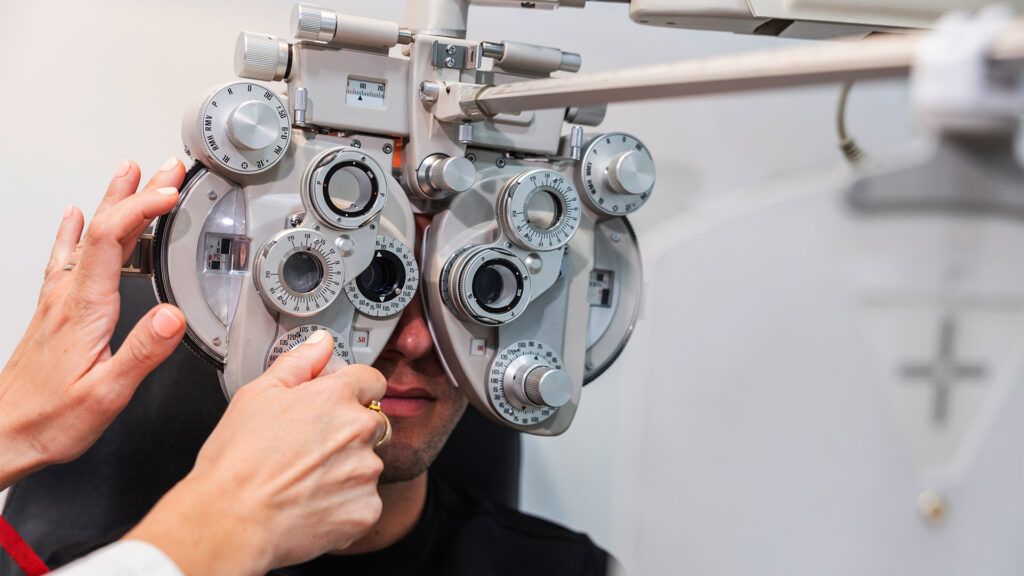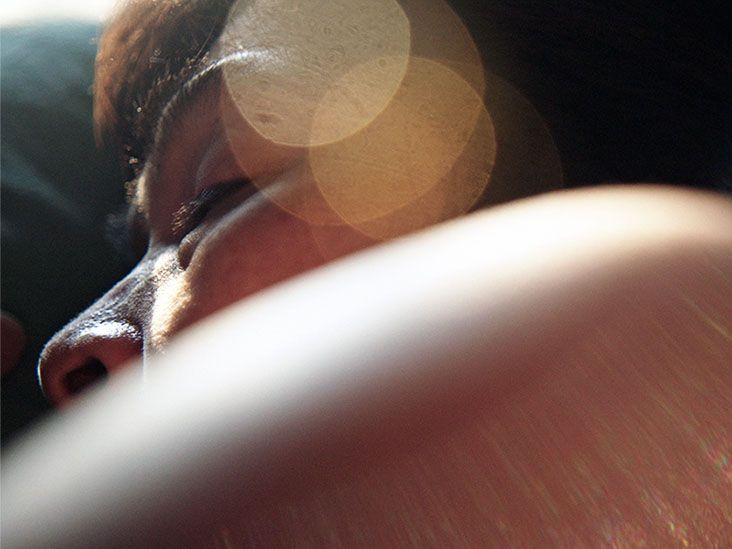Bipolar disorder may be linked to certain eye changes, such as pupil size, eye brightness, and eye movements. Some changes may be linked to certain mood episodes, such as mania or depressive episodes.
“Bipolar eyes” is a term people may use to refer to eye changes that may occur in people with bipolar disorder.
Most reports of eye changes with bipolar disorder are anecdotal, although some research links eye changes and bipolar disorder. More research is necessary for researchers to understand the mechanisms linking eye changes and bipolar disorder.

When using the term “bipolar eyes,” people may refer to certain signs and symptoms that may occur with different moods or bipolar episodes. These may include:
- dilated pupils, in which the dark center of the eye widens
- change in eye color
- sparkling eyes, which appear bright, shimmering, or shining
These symptoms supposedly occur during mania episodes. During a depressive episode, people may report opposite symptoms, such as:
- constricted pupils, in which the pupil becomes smaller than usual
- losing any light or sparkle in the eyes
- reduced direct gaze, in which people may have less direct eye contact with others
According to a
The parasympathetic and sympathetic nervous systems, which form the autonomic nervous system, control pupil size. Norepinephrine forms part of the sympathetic nervous system.
The sympathetic nervous system
The widening of the pupils may make the eyes appear darker, which could account for the reports of eye color changes.
In depressive episodes, low norepinephrine activity may lead to pupil constriction. This may make the eyes to appear to lose their light or sparkle.
Other eye symptoms
The sympathetic and parasympathetic nervous systems also supply nerves to the lacrimal system of the eye, which controls tears in the eye. Dryness of the eyes in depressive episodes may also cause the eyes to look duller.
Reduced facial expressions or reactions during depressive episodes may make the eyes appear hooded, which could make them seem darker.
The article notes that these are theories, and multiple processes may play a role in eye changes linking to bipolar disorder. Further research is necessary to understand the link more fully.
Other research supports some of these findings. According to a 2018 mini review, pupil size may relate to cognitive activity and behavior with challenging tasks and may change with psychiatric disorders.
A
Vergence eye movement is the movement of both eyes at the same time in opposite directions.
Saccadic eye movements, or saccades, are rapid movements of the eyes, as they move from one point of focus to another.
Some research suggests bipolar disorder may affect these eye movements. A 2022 study found that people with bipolar disorder have less accuracy with vergence eye movements and an increase in saccades compared to people without bipolar disorder.
Saccadic eye movements may also be a feature of some psychiatric conditions.
Symptoms of psychosis are common with bipolar disorder.
Visual processing refers to how the brain interprets and processes visual information.
People with bipolar disorder may have deficits in visual processing.
According to the Brain and Behavior Research Foundation, areas of the brain relating to sensory processes may be less active during episodes of mania or depression compared to euthymic states or in people without bipolar disorder.
There is not enough evidence linking eye changes with bipolar disorder for doctors to use it as a diagnostic tool.
Various factors may cause perceivable eye changes in people with or without bipolar disorder, such as emotional states, sleep deprivation, or dry eyes.
To diagnose bipolar disorder, doctors
Key features of bipolar disorder include:
- mood episodes, in which people experience periods of intense emotion and behavioral changes that are unusual for them and may have harmful effects
- people may also experience changes in sleep and activity levels
- mood episodes may last for several days or weeks, with symptoms lasting for the majority of each day
If a doctor suspects bipolar disorder, they may refer people to a mental health specialist, such as a psychiatrist, who will carry out a mental health evaluation.
People should contact a doctor if they have any signs or symptoms of bipolar disorder or any concerns about eye changes.
Long term, ongoing treatment
The term “bipolar eyes” refers to changes that may occur with different phases of bipolar disorder, such as mania and depressive episodes. These changes may affect pupil size, gaze, and eye brightness.
Most reports of bipolar eye changes are anecdotal, and there is not enough evidence for doctors to use eye changes to diagnose bipolar disorder. However, there is some evidence bipolar disorder may link to eye changes, such as pupil size and eye movements.
If people think they or someone else may have symptoms of bipolar disorder or have any concerns about eye changes, they can talk with a doctor.

